Frederica Freyberg:
Wisconsin law requires schools to conduct at least one school violence drill every year. Otherwise known as active shooter drills, some schools conduct them several times a year. What is that like for students and staff already so on edge and fearful in the direct aftermath of mass school shootings like the one in Texas or Sandy Hook, Connecticut? Our next guest wrote an op-ed detailing shooter drills and the sad reality that we need them. Abigail Swetz is a former teacher and current communications director at the Wisconsin Department of Public Instruction. She joins us now. Thanks very much for being here.
Abigail Swetz:
Thank you for inviting me.
Frederica Freyberg:
So you describe active shooter drills as feeling terrifying. How so?
Abigail Swetz:
I think what we have to keep in mind is that students who are experiencing an active shooter drill are literally experiencing the behavior they would have to do in the face of a terrorist attack, because that is what an active shooter situation is. And so of course they’re terrifying. That’s exactly the expected response to that kind of situation. And I understand that these drills are designed to make sure that our behavior can be safe, but they’re also traumatizing in and of themselves. I think back to sometimes the active shooter drills are very difficult to supervise. They are tense situations. The lights are off. We’re in a corner. It is a very terrifying situation, and I think through the times in my classroom when it seemed like they weren’t going well, when students were potentially being disruptive, moving too much, talking when they weren’t supposed to be talking, and I remember processing that with them afterwards. Why was that happening, how can we make sure our behavior looks different going forward? The thing was, they explained to me and Im really glad they did and that I listened. It wasn’t because they were trying to be disruptive. They weren’t being disrespectful. They were scared. And none of us are our best selves when they’re scared. Not to mention that I taught eighth grade, they were 13. That’s such a difficult situation to put someone in. And I think we really need to keep that in mind and continue listening to our children as well.
Frederica Freyberg:
So how exactly do these drills go? I mean, you talked about the lights being off and kind of in a corner. What else is happening?
Abigail Swetz:
So I think one of the things that people need to know about active shooter drills is that the protocols are, of course, designed to try and keep us safe in a very unsafe situation, which means that limits are sort of tested throughout the drill. So for example, at my school, one of the things that would happen is turn off the lights, lock the doors, put paper over the windows, because there was a window in the door, and then after that door is locked and we are out of sight of it, other staff come around and knock on the door and ask to be let in. And we are told, per protocol because it is what is expected to keep us safe, that we cannot let them in. So that means that my 13-year-old students are hearing a security guard or a school social worker outside the door, asking, pleading to be let in because that is what the drill requires them to do, and that person, they have a relationship with, they know we have to say no. They know we can’t do anything. Because in the horrific situation that this was real, that could be a test of the shooter. And so that’s one of the things that we have to deal with.
Frederica Freyberg:
On top of that, what is it like to practice how to respond to an active shooter in the direct aftermath of a mass shooting?
Abigail Swetz:
It’s such an important question because there are repeated mass shootings, right? Like, there’s very few times when you do a drill for active shooter drills that it’s not in the aftermath of a mass shooting, because they are repeated in our country so often. And the example I just gave about it being a difficult experience when students were moving too much and talking and there was noise and it felt like they were being disrespectful, but it turns out they were just terrified, that was an active shooter drill we did two weeks after Sandy Hook, and it was the same classroom that I had, I was currently teaching when I found out about Sandy Hook. And I had to make the decision in the middle of that afternoon class, do I tell them that Sandy Hook is happening? Do I tell them in a space where they’re able to at least talk to each other, talk to me, be in community together, or do I not tell them because it feels unsafe to tell them because it is emotionally difficult, but then they go home and turn on the TV or look at their social media and learn that way? That’s a decision I had to make, and I think back about that decision a lot. Did I decide the right way? I did tell them. I told them because I remembered back when I was in middle school, I found out about the Oklahoma City bombing after school going home and turning on my TV in an empty house, and that is burned in my memory and I didn’t want that to happen for them. I wanted to give them the space to talk. And we talked, but we couldn’t find a solution because we can’t solve this as students and as teachers.
Frederica Freyberg:
What have children told you about how they feel growing up like this?
Abigail Swetz:
I think a lot about two conversations Ive had with students before in my class. When I talk about something being burned in my memory, these are two conversations that are that, and one of them was with a student who, not after a drill, and not even after a mass shooting, just mentioned to me, you know Ms. Swetz, I always know where the exit is. I always know that I don’t have my back to the classroom door because I don’t think of a school shooting as an if, I think of it as a when. That means that we are training our children to have hypervigilance, and hypervigilance is a trauma response. So that’s the situation that they’re existing in. And the other thing that comes to mind is, I taught English and history and so we did a lot of writing as part of our processing together about a lot of things. About happy things and about things like active shooter situations, and I had a student write something once. He was writing a poem and the last line, it was about a school shooting, and it was a letter to his classmates, and the last line was something along the lines of, “Don’t worry, at least we’ll die quickly.” And that was in his brain, right? I didn’t ask him to write about that. He decided to take that step to write about it and it’s just something Ill never forget.
Frederica Freyberg:
It is unforgettable. Abby Swetz, thanks very much for joining us.
Abigail Swetz:
Thank you.
Search Episodes
News Stories from PBS Wisconsin
10/31/25
Evers signs bill that would allow certain candidates to remove their names from ballots in Wisconsin

Donate to sign up. Activate and sign in to Passport. It's that easy to help PBS Wisconsin serve your community through media that educates, inspires, and entertains.
Make your membership gift today
Only for new users: Activate Passport using your code or email address
Already a member?
Look up my account
Need some help? Go to FAQ or visit PBS Passport Help
Need help accessing PBS Wisconsin anywhere?

Online Access | Platform & Device Access | Cable or Satellite Access | Over-The-Air Access
Visit Access Guide
Need help accessing PBS Wisconsin anywhere?

Visit Our
Live TV Access Guide
Online AccessPlatform & Device Access
Cable or Satellite Access
Over-The-Air Access
Visit Access Guide
 Passport
Passport


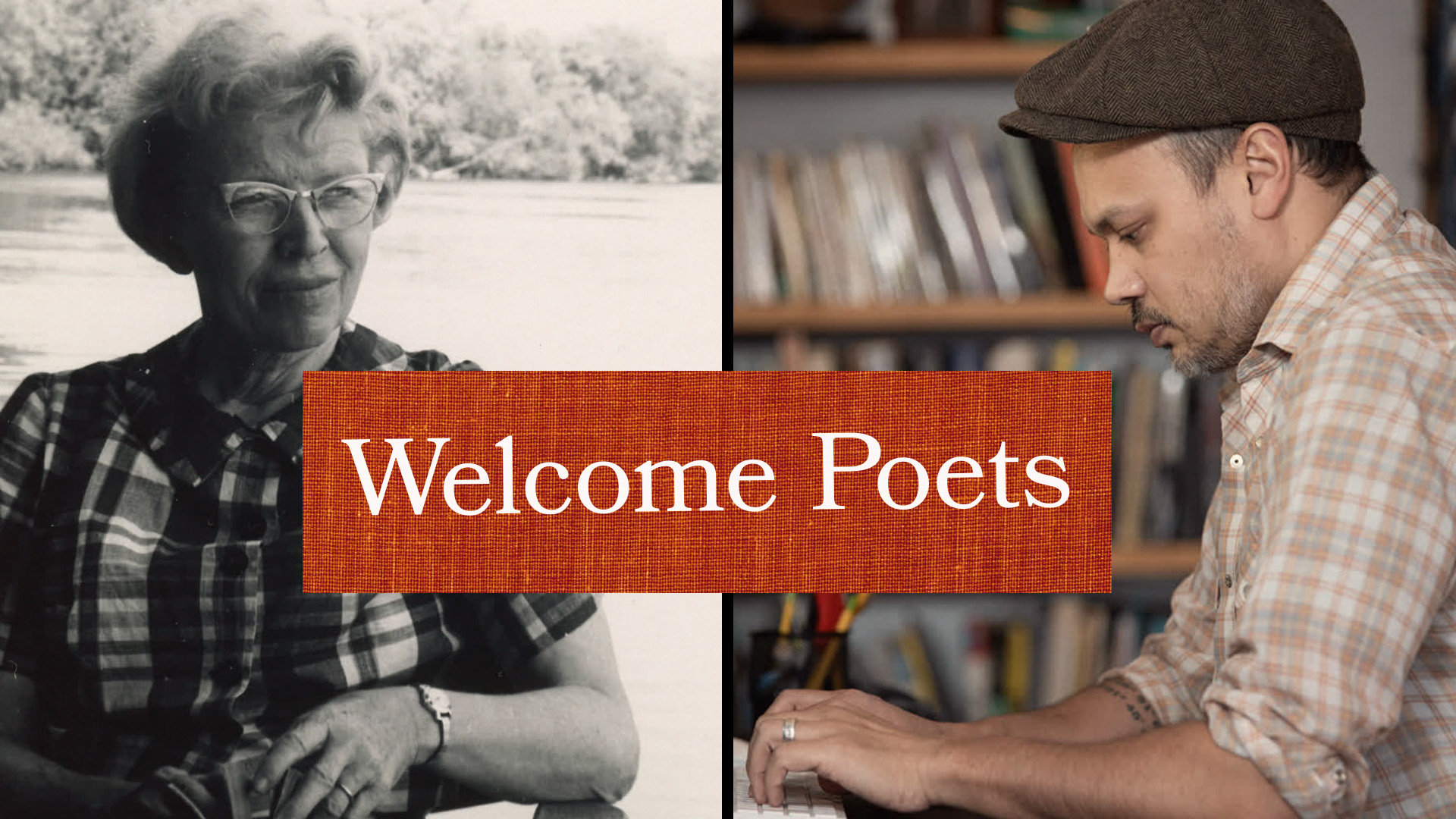
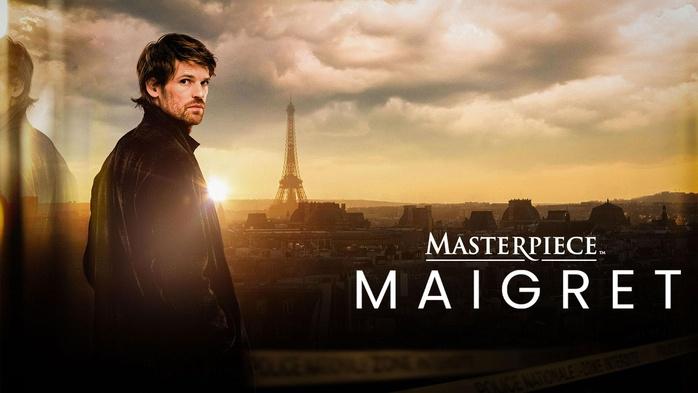

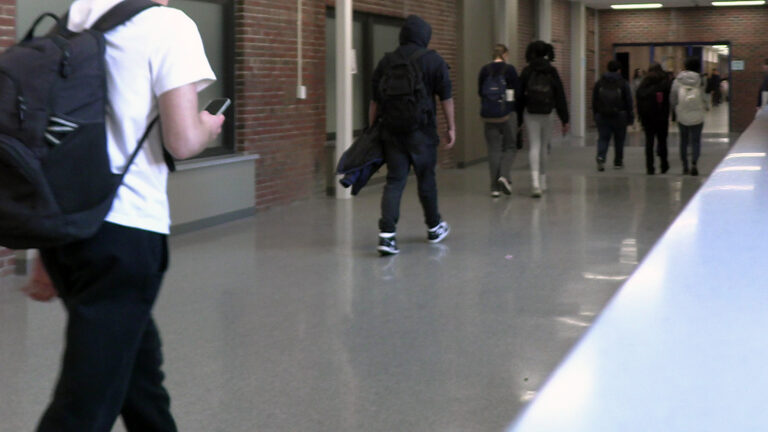
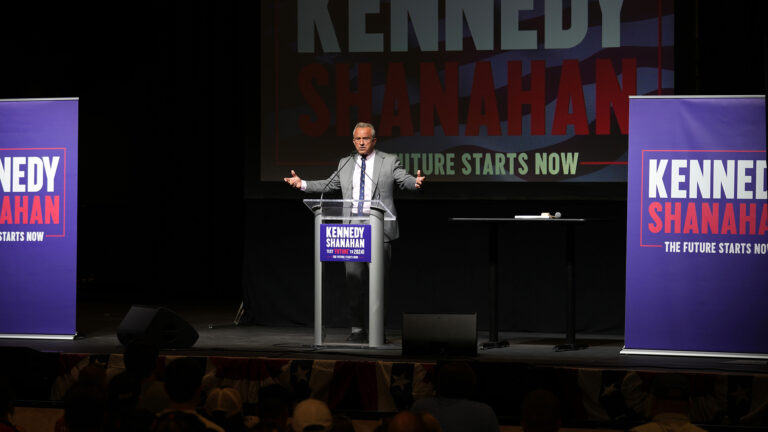
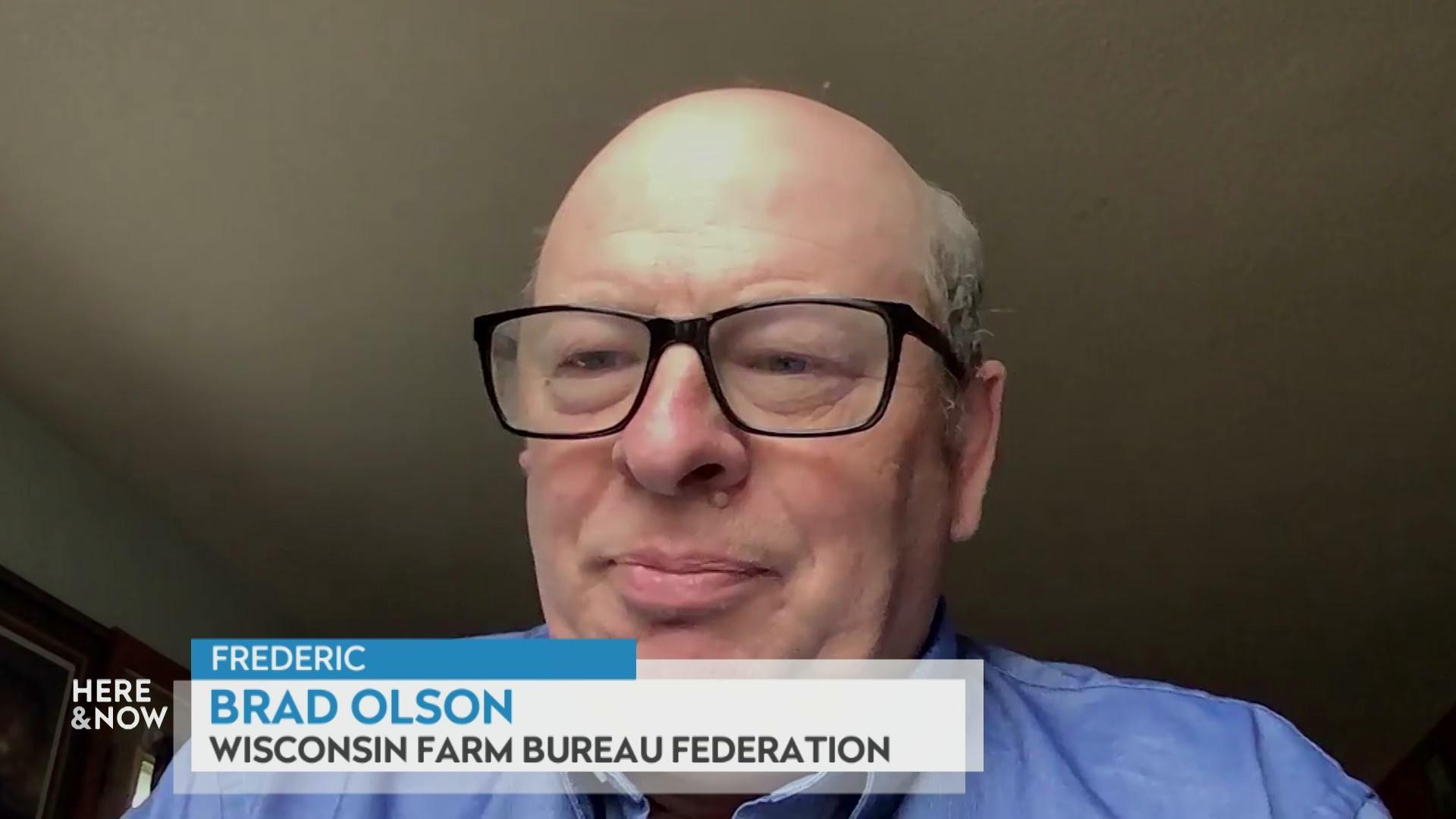
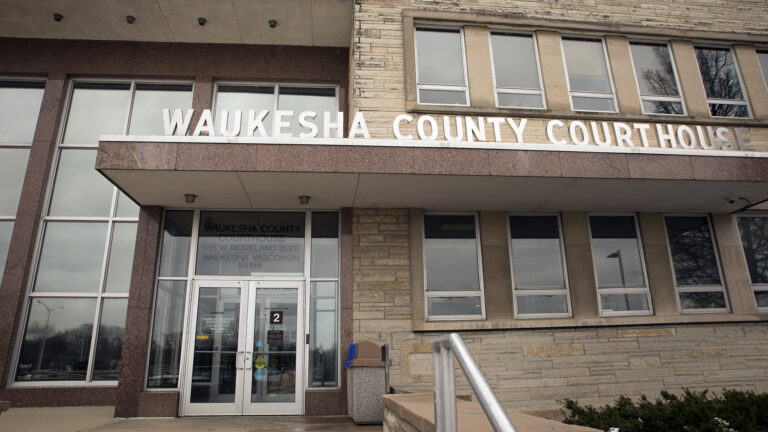
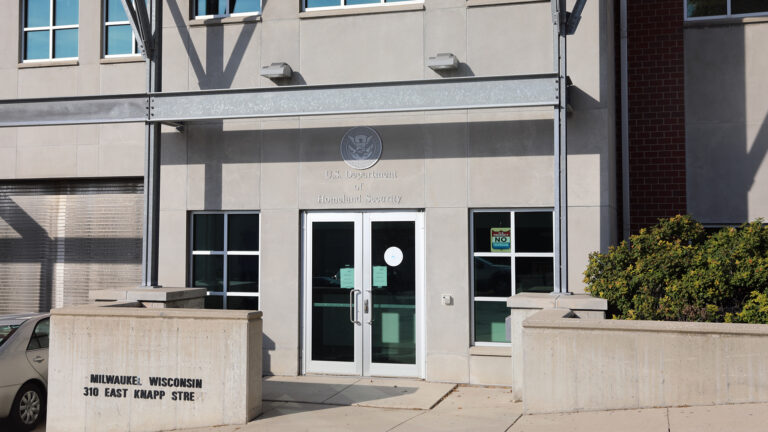
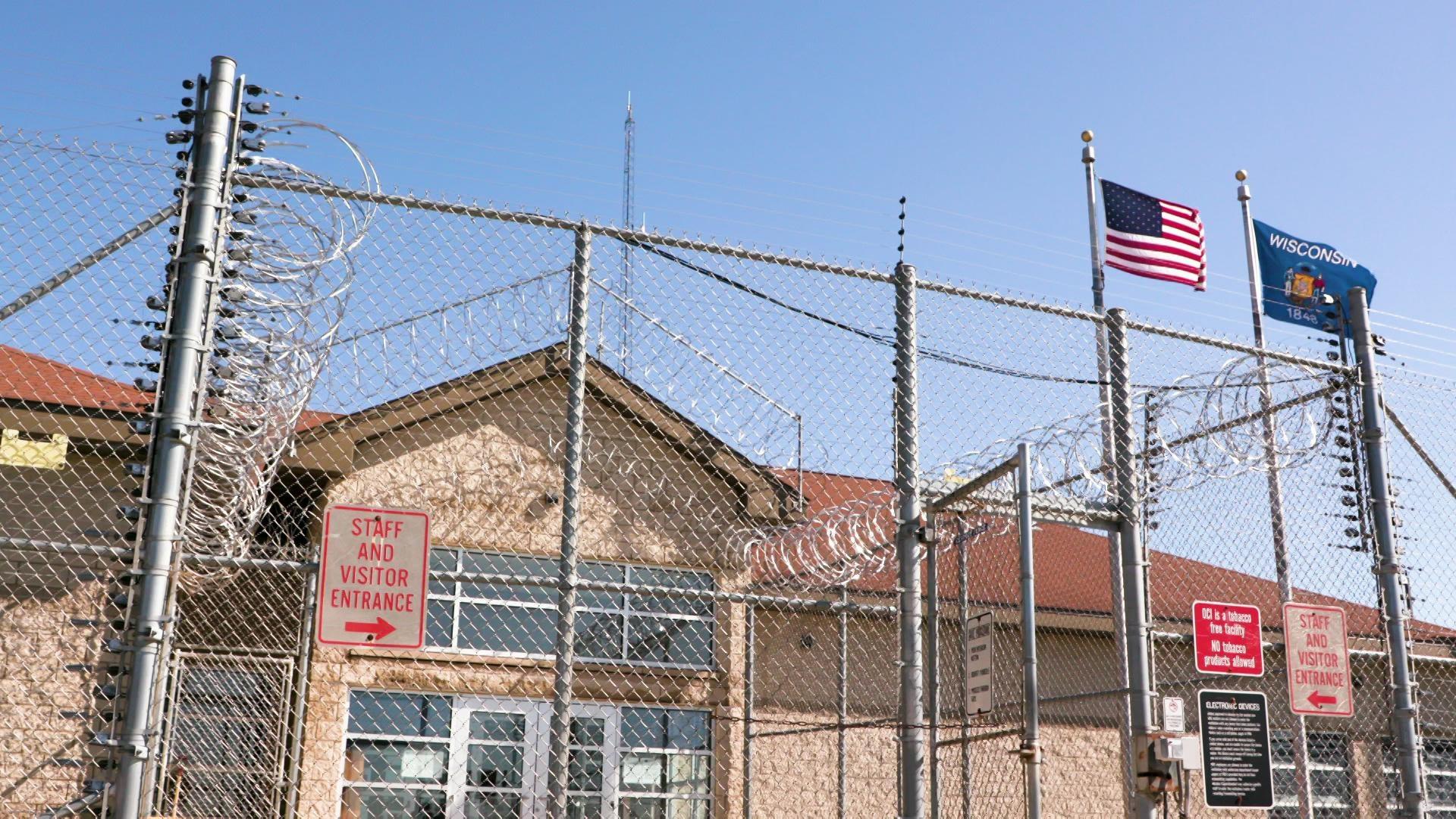

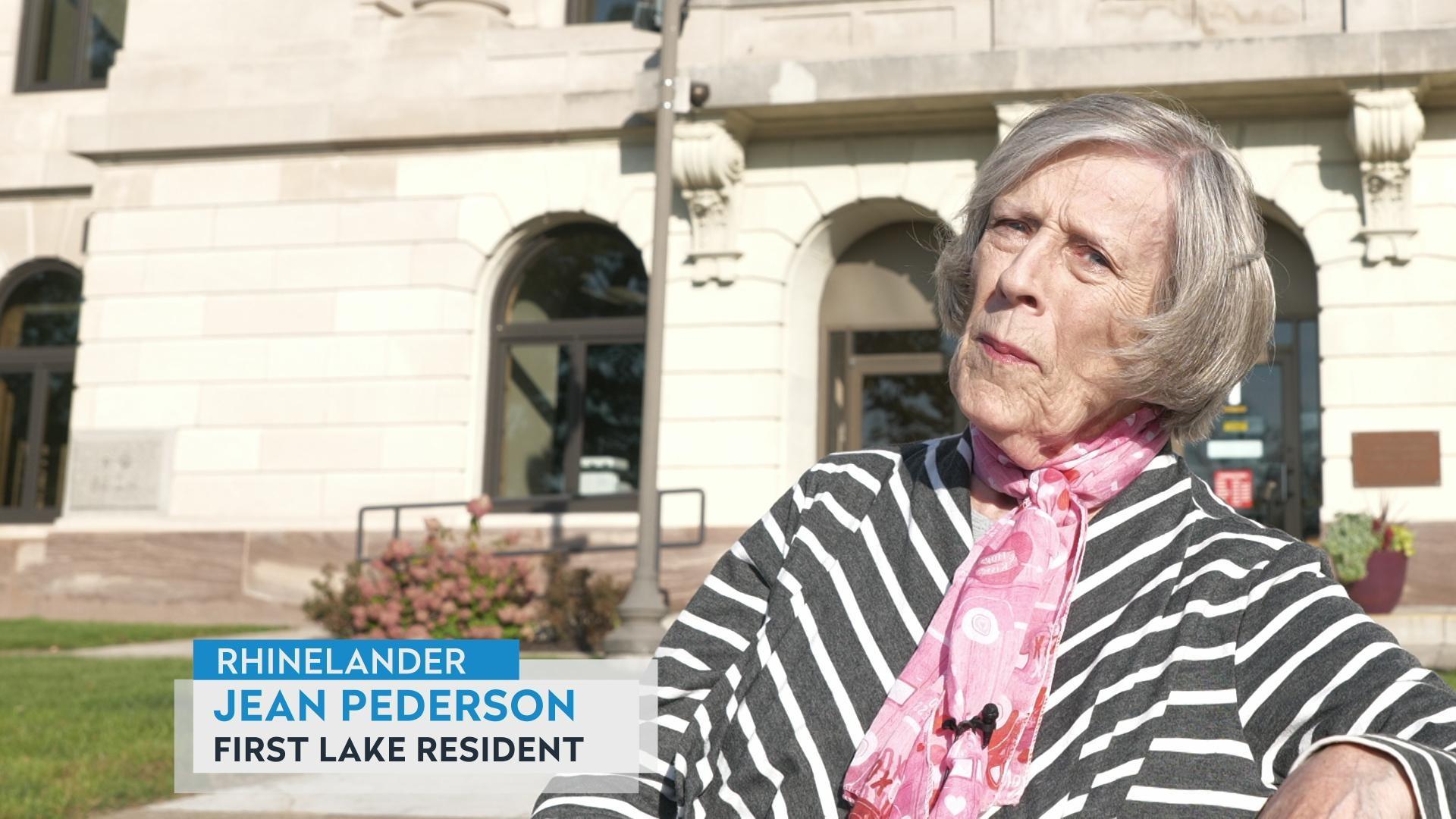

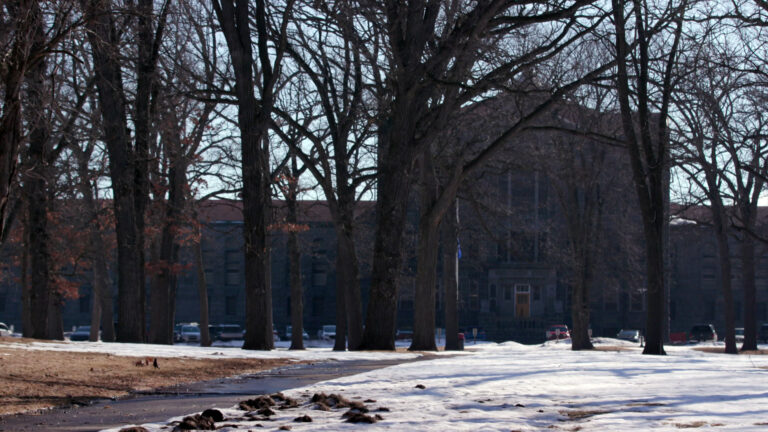
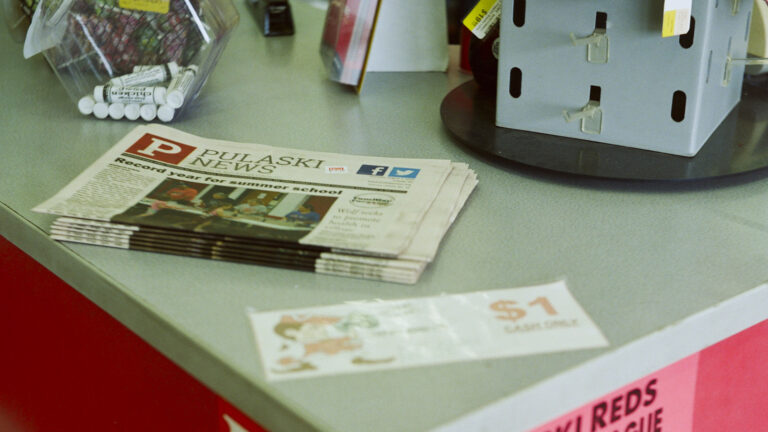
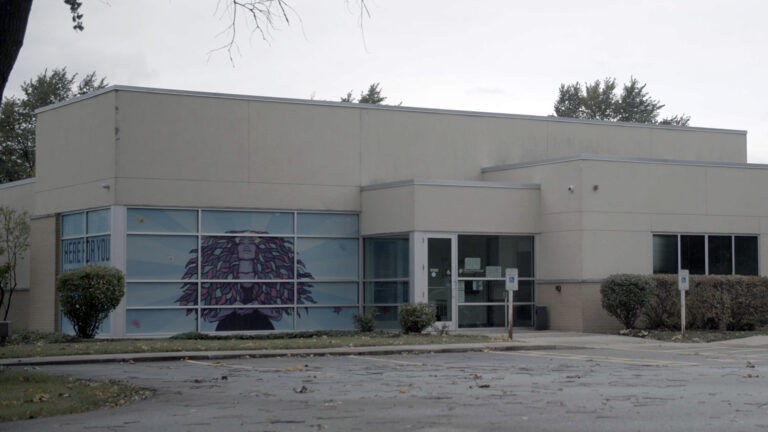

Follow Us